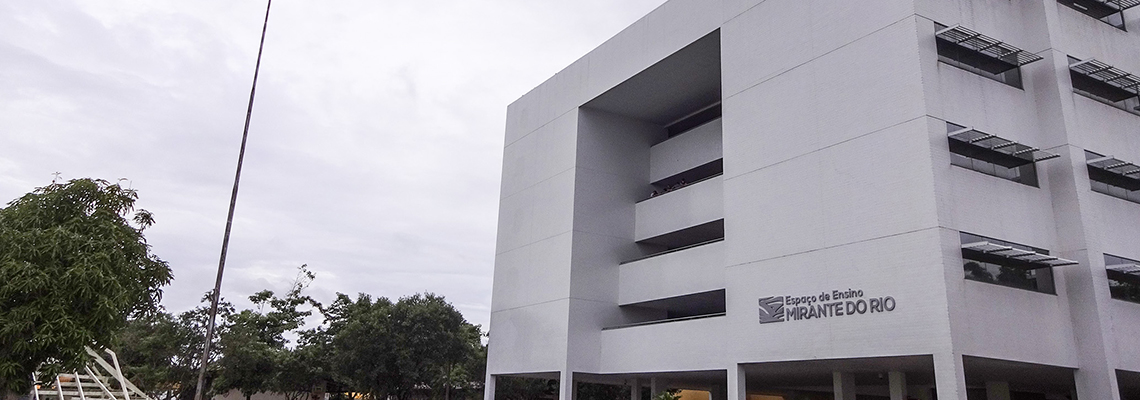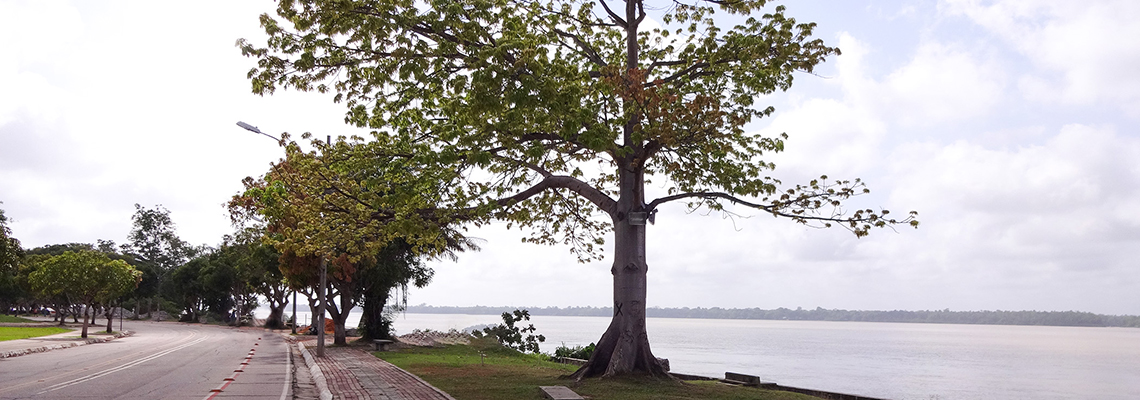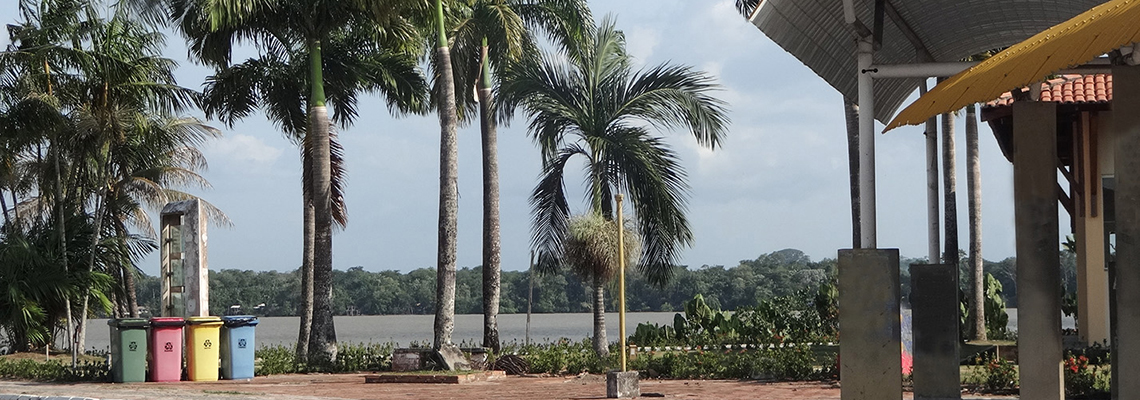Master's Qualification (23 December 2015)
Title: Changes in the morphology of the Microglia of the Lateral Septum and behavior similar to Anxious in a Murine Model of Sequential Inoculation of VDEN1 and VDEN4: influence of environmental enrichment.
Author: Giovanni Freitas Gomes.
Summary:
Dengue infection is the leading cause of deaths for arbovirus infections in Brazil. Despite its epidemiological importance and a century of systematic studies dedicated to the pathogenic mechanisms of the disease they remain poorly understood. On the American continent, epidemics seem to be associated with the fact that multiple serotypes circulating simultaneously, but little is known about the changes she is able to induce in the central nervous system. The objective of the present work was to evaluate the possible influence of environmental enrichment on behavioral changes and microglial morphology in the lateral septum associated with different alternating sequential inoculation of dengue virus serotypes (VDEN1 and VDEN4). To this end were used adult females of 10-month-old immunocompetent mice of strain Albino, kept in Switzerland or enriched environment. Was made a single intraperitoneal infection with brain infected with VDEN1 hanzal then 28 days after infection, with brain infected with VDEN4 hanzal. In order to accentuate the clinical symptoms, was deployed in the last seven days of the 29th day after the first infection, a system of multiple infections and VDEN4 VDEN1 alternating accented by heterologous antibody anti-VDEN3. Animals controls received equal system of inoculations and hanzal volumes not infected brain. The behavioral assessment was made through the exploratory activity in the open field (CA) and the maze in high cross (LCE). In this context, infected animals of standard environment showed reduced length of stay in the periphery of the CA and the dark arm ice, being this the only experimental group presented such behavior modification. To evaluate possible changes of morphology in these experimental groups microglial were sacrificed for analysis neuropatológica 5 individuals as a function of the Windows of infection. For selective immunolabeling microglia, antibody anti-IBA-1 (Wako, Japan) and the method of three-dimensional reconstruction for morphometric analysis. Overall, infected animals, when compared to non-infected, showed significant changes both to the variables, and variables of the cell body, being the first VDENV1 infection generated changes of greater magnitude. In addition, the environmental enrichment appears to reduce the extent of these changes. Based on this evidence it is suggested that the infection by the dengue serotypes 1 and 4 is able to induce behavioural changes and morphology of lateral and septal microglia that environmental enrichment appears to protect animals against the behavioral changes observed in CA and in ice, in addition to reducing the extent of the changes in the morphology of the microglia induced by infection model proposed by this paper.








